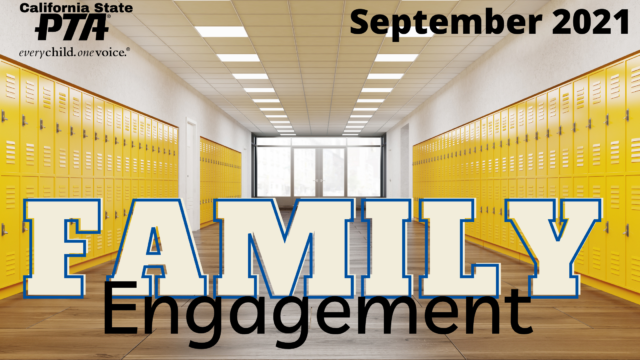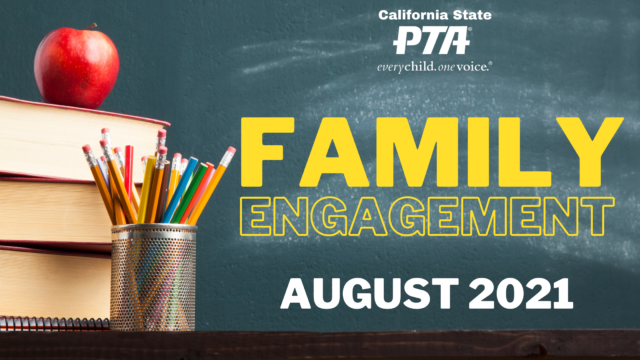By California State PTA Education Commission
Our kids’ education is a team effort! A collaborative partnership between families, teachers and school administrators who are dedicated to the well-being of all children and youth can strengthen family life and improve education outcomes for all students.
California State PTA takes pride in celebrating October 10-16, 2021, as the “Week of the School Administrator”. Serving as role models in this new era of learning, school administrators are outstanding advocates who work together with families and the community to develop new visions for our schools and programs, spark innovation and inspiration for change, and support teachers in efforts to actively engage students in their own learning.
Help Celebrate Administrators at Your School
We encourage unit PTA’s to celebrate the Week of the School Administrator by publicly recognizing the contributions that school principals and vice-principals make in creating quality educational opportunities and enhancing academic achievement for all. Here are a few ways to recognize your school administrators this week:
- Create and display posters and fliers on campus to celebrate school leaders.
- Provide a nutritious treat to your school site principal and administrators.
- Give school leaders positive feedback by sending a thank-you note.
- Give public comment in your next school board meeting thanking school administrators for the work they do.
- Request that your school board adopt the Week of the School Administrator Resolution.


